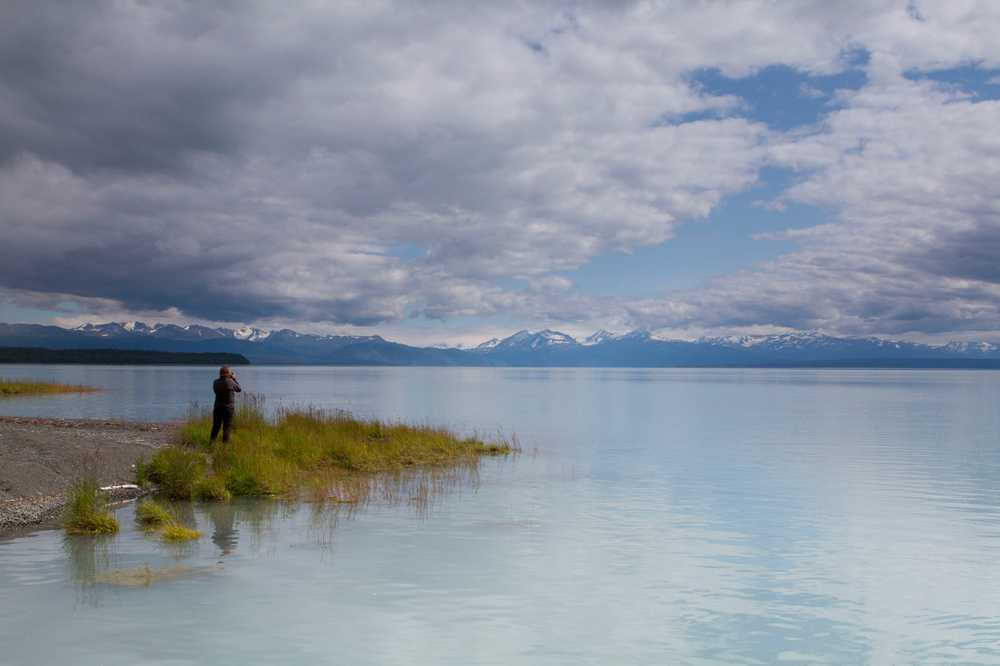The first Earth Day began on April 22, 1970 and was the product of local grassroots action to increase environmental awareness and to garner support for national legislation to solve urgent environmental issues. Wisconsin Senator Gaylord Nelson proposed the first Earth Day’s activities. He insisted this day was for people to act locally, not a day organized by Washington bureaucrats, but by individuals and groups in their own communities.
Nelson’s decision to leave Earth Day to the grassroots exceeded all expectations. Nelson and his staff estimated 20 million Americans took part in the first Earth Day in 1970. Though students were the most numerous participants, a broad range of people including educators, workers, homemakers, farmers, scientists, and politicians — from Barry Goldwater to Edward Kennedy — made up the excited Earth Day crowds.
Senator Nelson acclaimed that “Earth Day worked because of the spontaneous response at the grassroots level. We had neither the time nor the resources to organize the 20 million who participated from thousands of schools and local communities. The remarkable thing about Earth Day was that it organized itself.” In the 44 years following the first Earth Day, it has remained an important annual way to raise awareness of local environmental issues throughout the country.
That tradition continues in our community as a host of community organizations take part in Earth Day 2014 at Kenai Peninsula College on Tuesday, April 22. As a partner in the event, Kenai National Wildlife Refuge will present a special program at 7 p.m. Refuge Manager Andy Loranger will present the story of how Refuge wilderness was created and how it is vital to conserving habitat for wildlife and fish resources as well as for the quality of human life on the peninsula. After his presentation, the hour long award winning film, “Wild by Law,” will be shown. This film shares the story of how the Wilderness Act was passed 50 years ago in 1964. This event is free to the public.
2014 also marks the 50th anniversary of the 1964 Wilderness Act, the landmark conservation bill that created a way for Americans to protect their most pristine wild lands for future generations. The 1964 Wilderness Act created the National Wilderness Preservation System, which protects nearly 110 million acres of wilderness areas across our nation.
Our own Kenai Conservation Society established in 1965 was instrumental in advocacy to create federally designated wilderness on Kenai National Wildlife Refuge. Dedicated members including Dr. Calvin and Jane Fair, Helen and Jim Fischer, Bill and Jean Schrier, George Pollard, and Marge Mullen exemplified the efforts of local “grass roots” citizens. Their advocacy was instrumental in the successful establishment of 1.35 million acres of Refuge wilderness which came to pass in 1980 as part of the Alaska National Interest Lands Conservation Act (ANILCA).
Joining in local Earth Day events is a wonderful chance to celebrate all that’s been achieved for conservation in our local community and to inspire us to continue future efforts to protect our wildlife and conservation legacy on the Kenai Peninsula.
As the Information & Education Program Supervisor, Candace Ward celebrates her 30th anniversary working at Kenai National Wildlife Refuge this April. Visit www.nelsonearthday.net and www.wilderness50th.org for more information.

